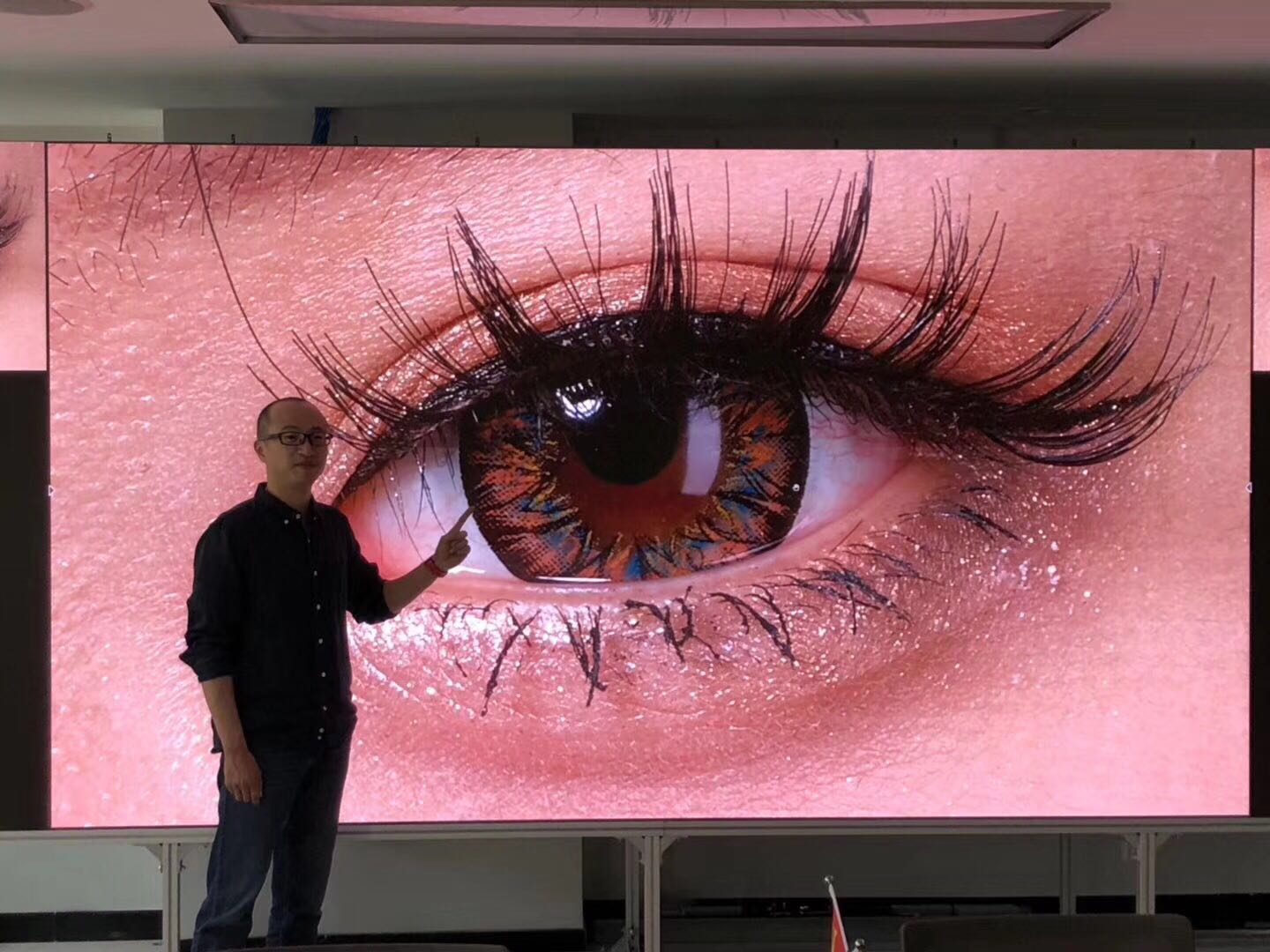 High-end mobile phones will face two obstacles in the coming years. First of all, in markets that can afford high-end mobile phones, market saturation is already very high. JP Morgan believes that this year's high-end mobile phone market in the United States will reach 72% saturation. As fewer consumers purchase smart phones for the first time, manufacturers will need to rely on existing customers to upgrade their phones. Second, the reasons for upgrading mobile phones may be decreasing. The resolution of the current mobile screen and camera has been able to meet the most discerning users. High-speed data technology LTE has allowed many people to replace their new phones. However, this technology is sufficient to support video chat and watch movies online. Therefore, it may not be necessary to further increase the speed.
High-end mobile phones will face two obstacles in the coming years. First of all, in markets that can afford high-end mobile phones, market saturation is already very high. JP Morgan believes that this year's high-end mobile phone market in the United States will reach 72% saturation. As fewer consumers purchase smart phones for the first time, manufacturers will need to rely on existing customers to upgrade their phones. Second, the reasons for upgrading mobile phones may be decreasing. The resolution of the current mobile screen and camera has been able to meet the most discerning users. High-speed data technology LTE has allowed many people to replace their new phones. However, this technology is sufficient to support video chat and watch movies online. Therefore, it may not be necessary to further increase the speed. Based on this, smart phone manufacturers may need to increase the appeal of price, not just rely on the improvement of the function, but this in turn may also drive down the profit margin. Wall Street expects Apple’s operating profit margin to fall from 35% last year to 27% in the next four years. Long-term investors should not be affected too much. According to Apple’s current fiscal year earnings forecast as of September, this cash-rich company’s P/E ratio is only 10 times. The company's dividend yield is 2.3% and it has the ability to double its dividend payment. However, in the short term, Apple may need to make a choice whether to provide a lower-priced model to promote growth, or whether to stick to the high-end route to maintain profitability. According to industry analysts, Apple's revenue is expected to decline.
Samsung, which has an expected P/E ratio of only 8 times this year, is not only producing smart phones. But two-thirds of the company’s operating profit comes from mobile products. Its large production capacity means that it manufactures more mobile phone parts by itself than Apple. George Greig, an investment strategist at William Blair, a fund company, said that Samsung can take the initiative in cost management. In addition, Samsung has a variety of products. It produces high-end mobile phones as well as mid-range phones. Powell said that the growth prospects of mid-range handsets are better, especially in emerging markets. This means that while Samsung's profits are currently only about half of Apple's, it may be less risky in the short term.
Increased cost awareness Small companies are difficult to turn to chip makers. Qualcomm sells baseband chips and processors, including lucrative products that drive the latest smartphones, while Broadcom specializes in low-cost, mid-range handset connectivity chips. And spare parts. The threat facing chip makers now is that handset makers may reduce costs by producing more parts themselves. If this is the case, the more expensive chips produced by Qualcomm will be a bigger target for reduction. In addition, with the increased cost awareness of mobile phone manufacturers, Broadcom’s reputation for bold pricing should also help it gain market share.
Verizon and AT&T have stable cash flow and generous dividend income. However, their stock prices seem to have peaked. The former’s expected P/E is 16 times this year, while the latter is 14 times, while Vodafone is only 10 times. Vodafone entered the European market. Although the economic recovery in Europe is slower than in the United States, the smartphone penetration rate is still less than half that of the United States. Moreover, Vodafone also holds a 45% stake in Verizon Wireless. Hedge fund manager David Einhorn wrote in a letter to shareholders last month that the market does not value Verizon Wireless shares held by Vodafone if Verizon decides to buy the entire Vodafone to acquire full ownership of Verizon Wireless. We will not be surprised.
For small companies, don't expect Nokia or BlackBerry to make a comeback. Consider OmniVision, the dominant manufacturer of cell phone camera chips. The price of the camera chip is only a few dollars, and the price is so low that most mobile phone manufacturers do not need to research and develop on their own. As the camera specifications of high-end mobile phones will eventually shift to low-end phones, it is expected that OmniVision's revenue growth will remain in double digits in the coming years. OmniVision's P/E ratio is only 12 times.
JoyLED indoor fine pitch Led Display adopting positioning pins to achieve structural installation, fast and reliable. Built-in lock system in the LED display cabinet, seamless splicing and assembling.
Avoiding transmission failures caused by traditional signal connectors and flat wire. Failure rate decreases by 60%.
Real-time monitoring on operating status.
Automatic fault diagnosis, positioning and warning of failures.
Die-casting aluminum LED cabinet,360° convection ventilation design.
Intelligent control and player system by cloud technology.
Timely managing real-time information on operating status and potential failure.
3D/2D freely switching, without additional devices.

Indoor Fine Pitch Led Display,Led Fine Pitch Display,Fine Pixel Pitch Led Display,Fine Pitch Commercial Led Display
Shenzhen Joy LED Display Co., Ltd. , https://www.joe-led.com